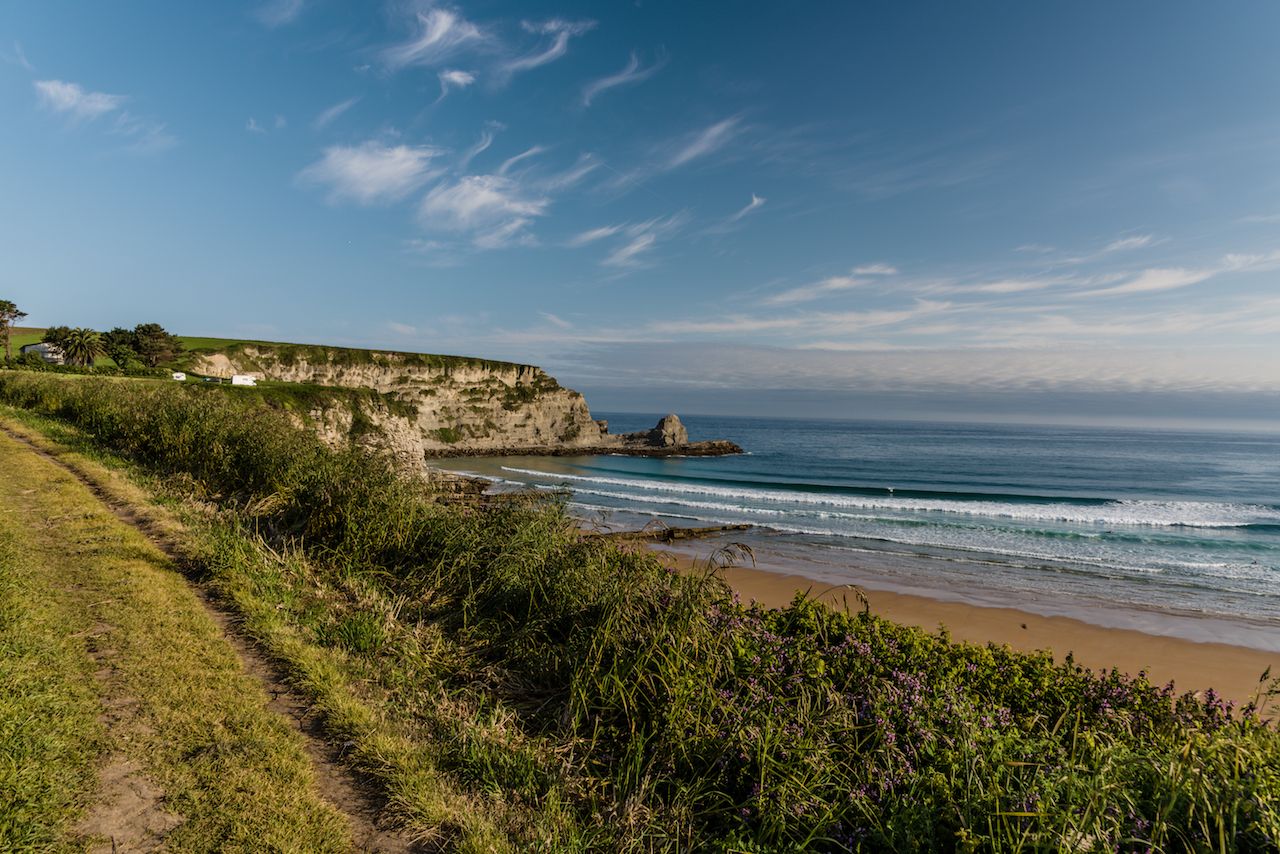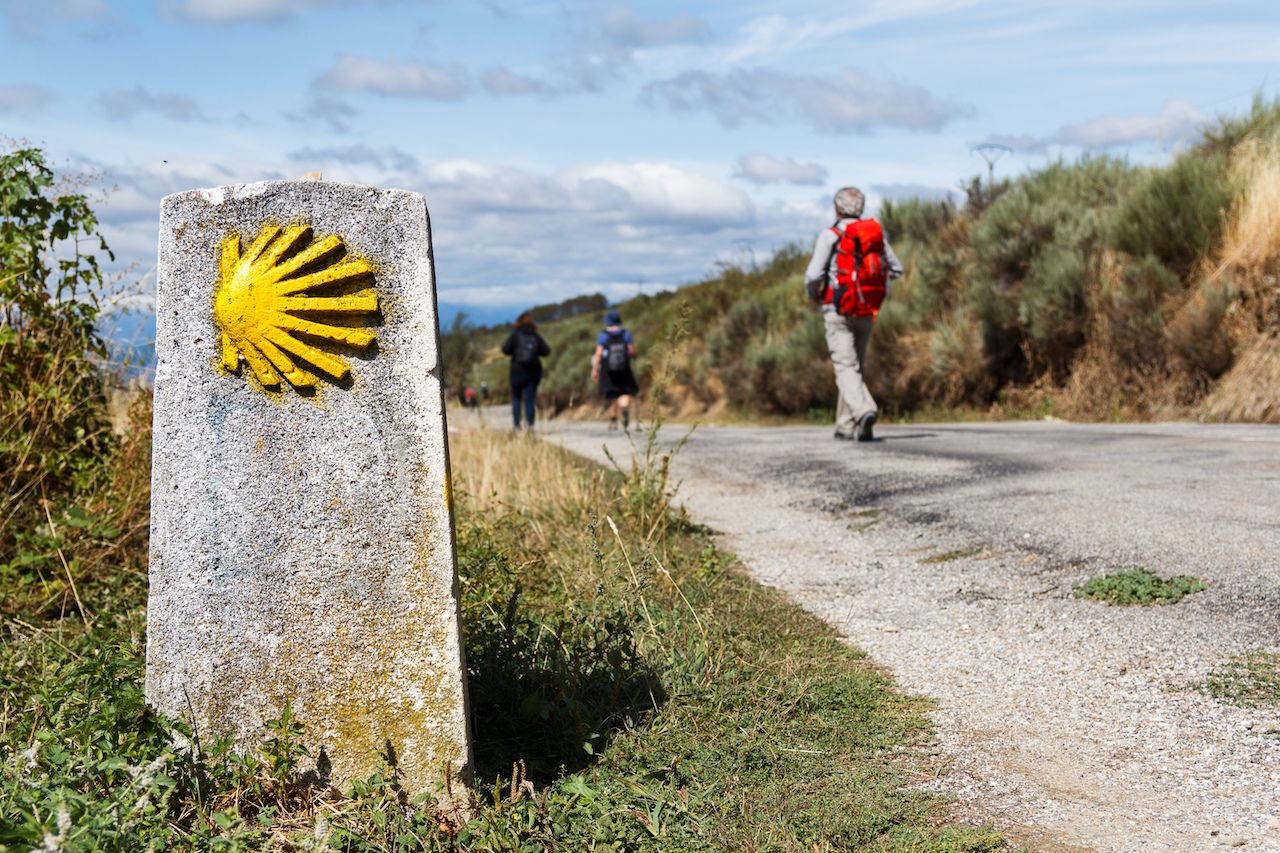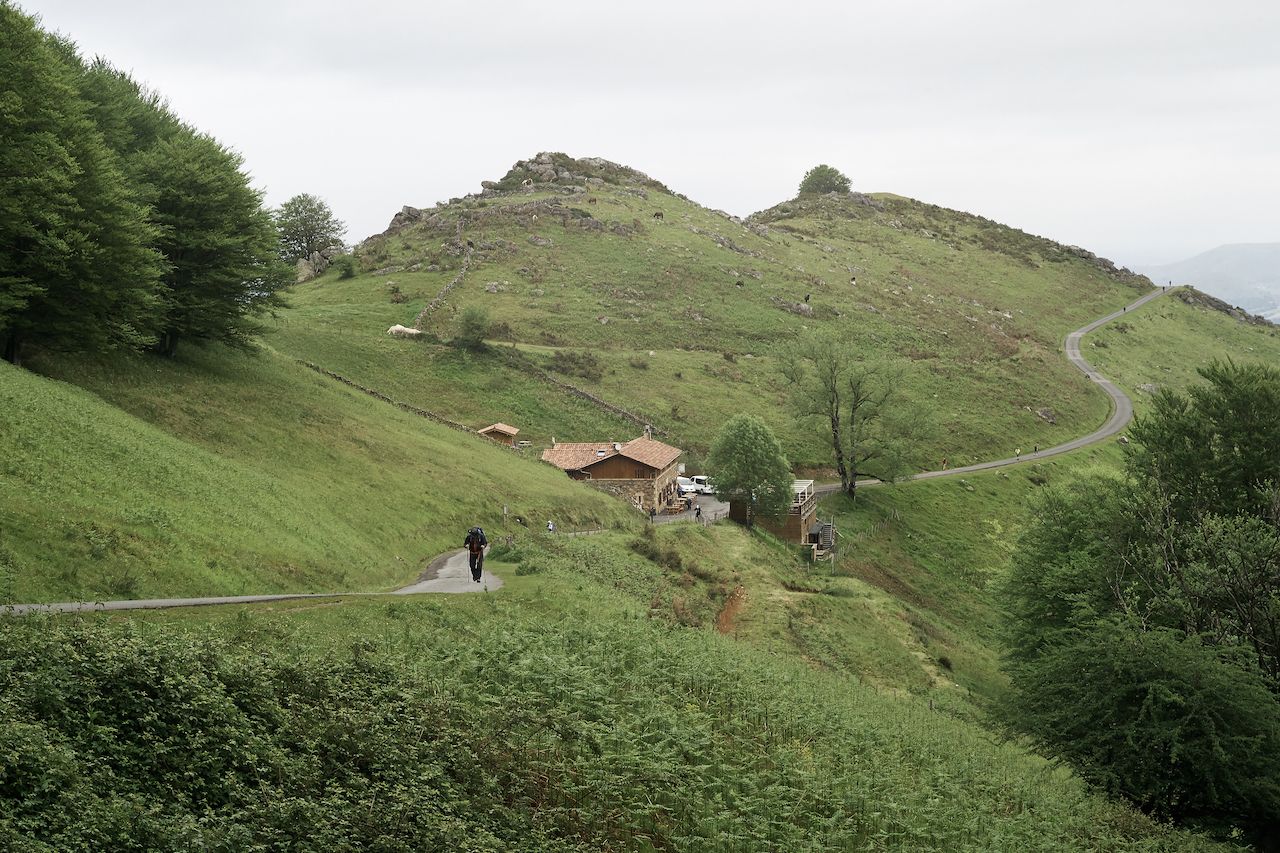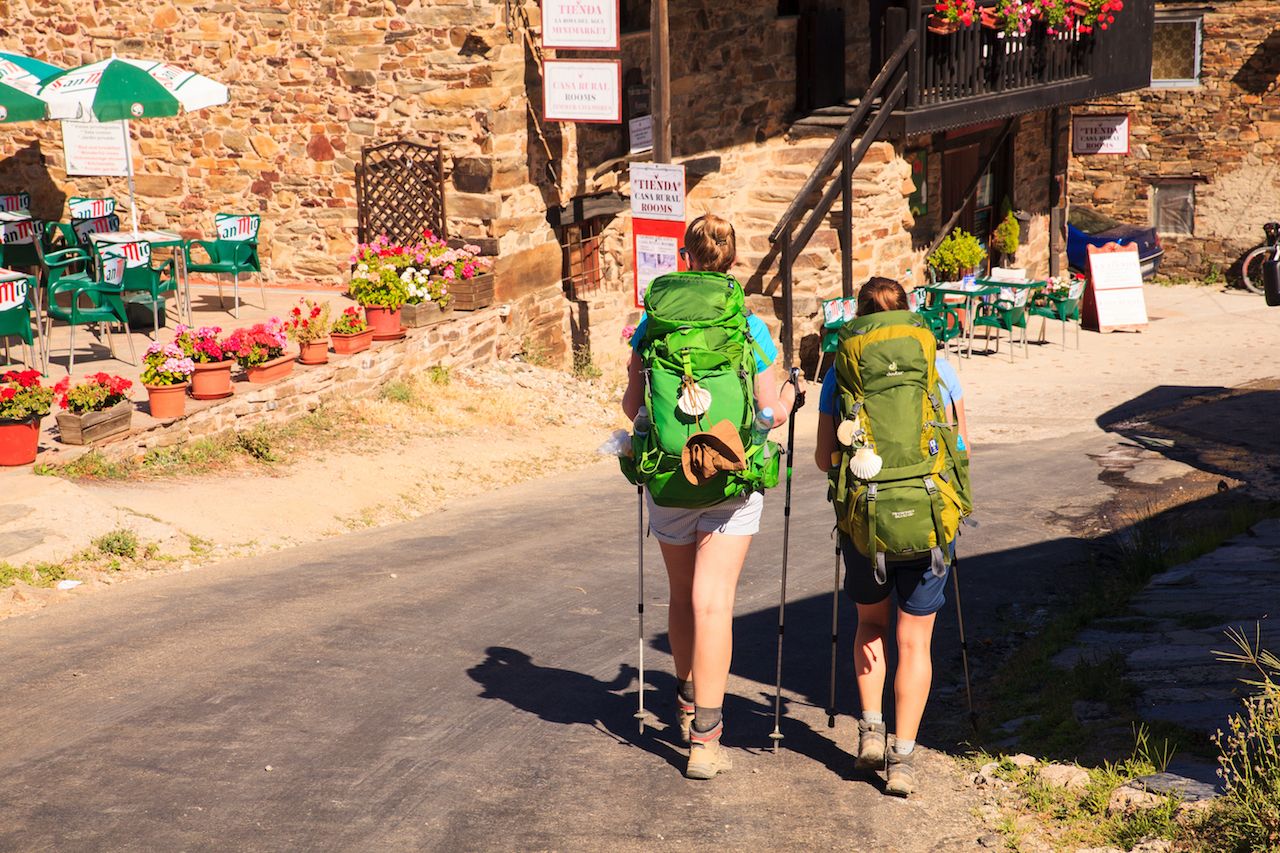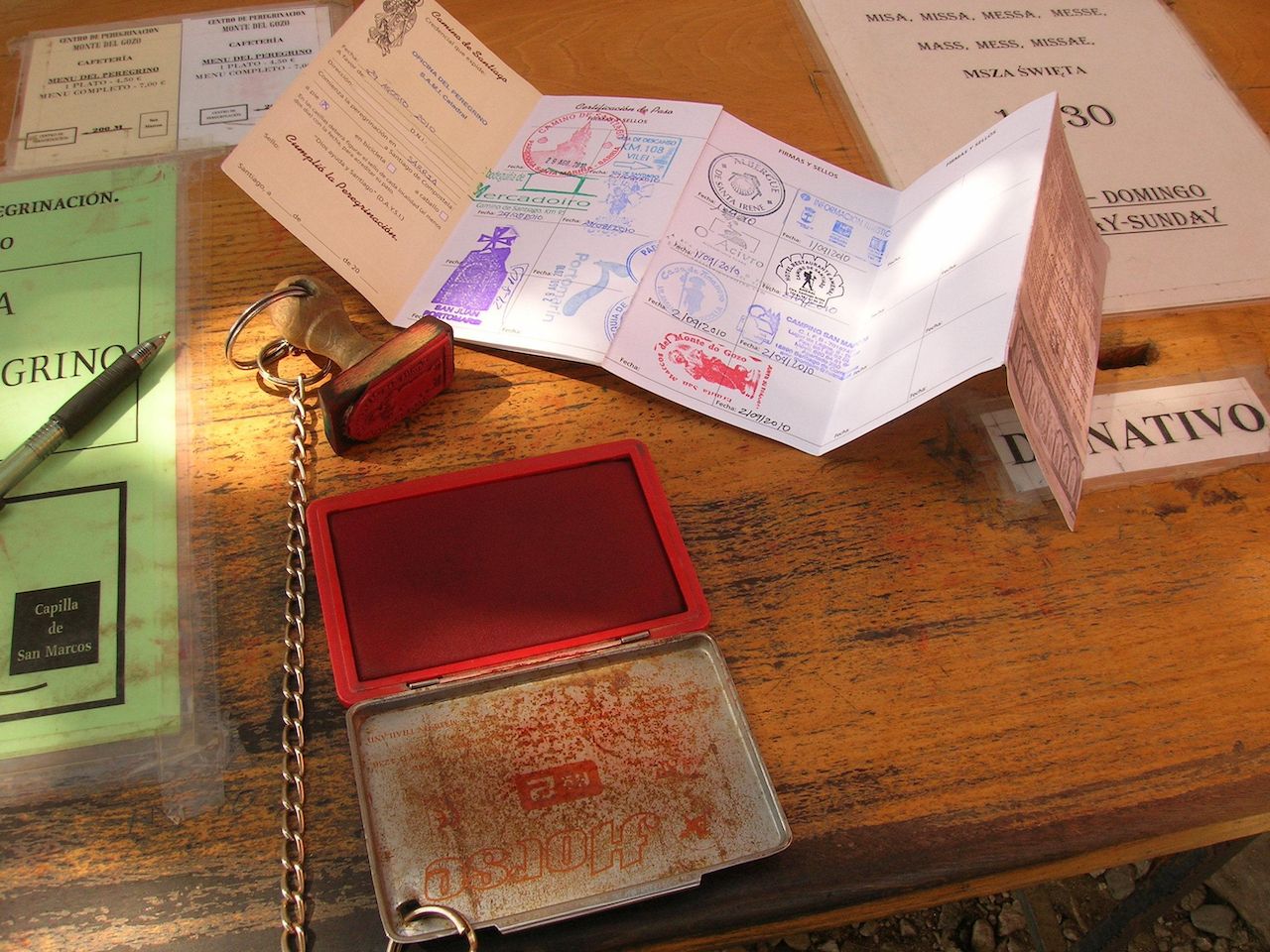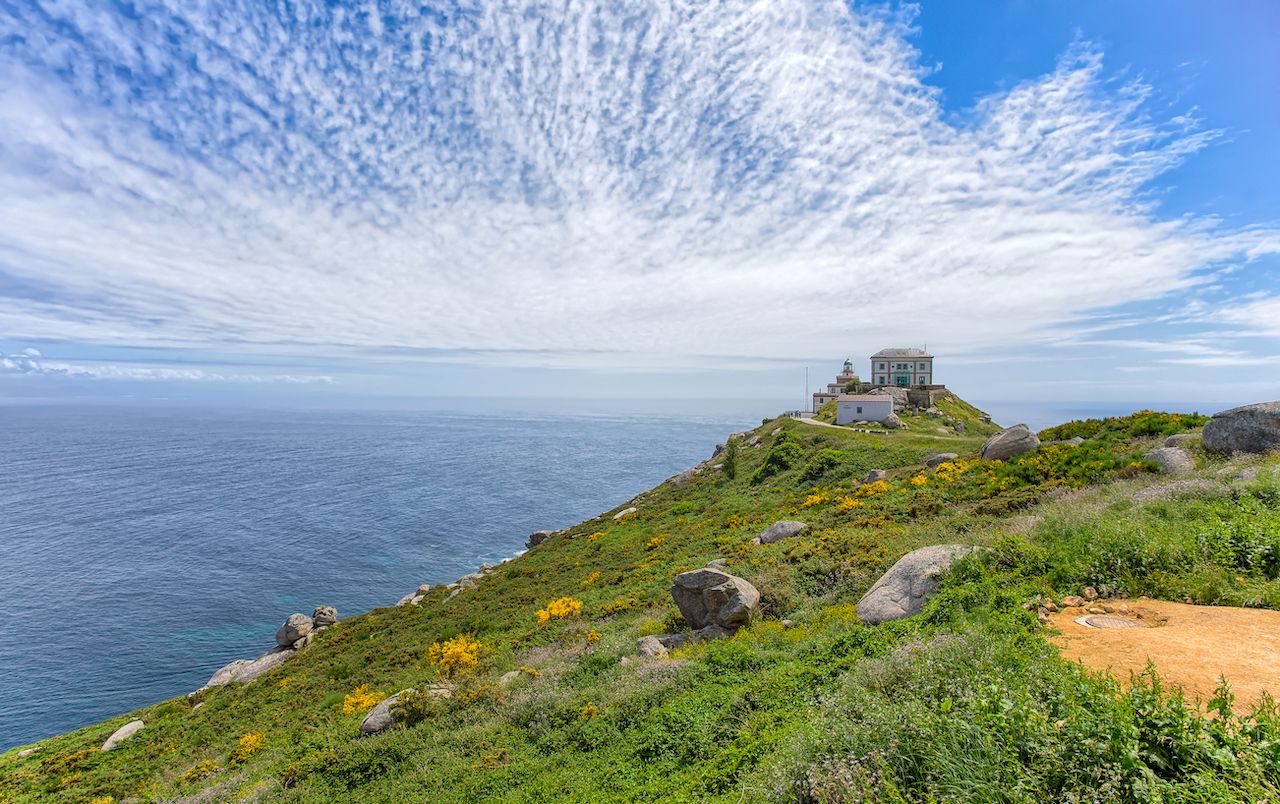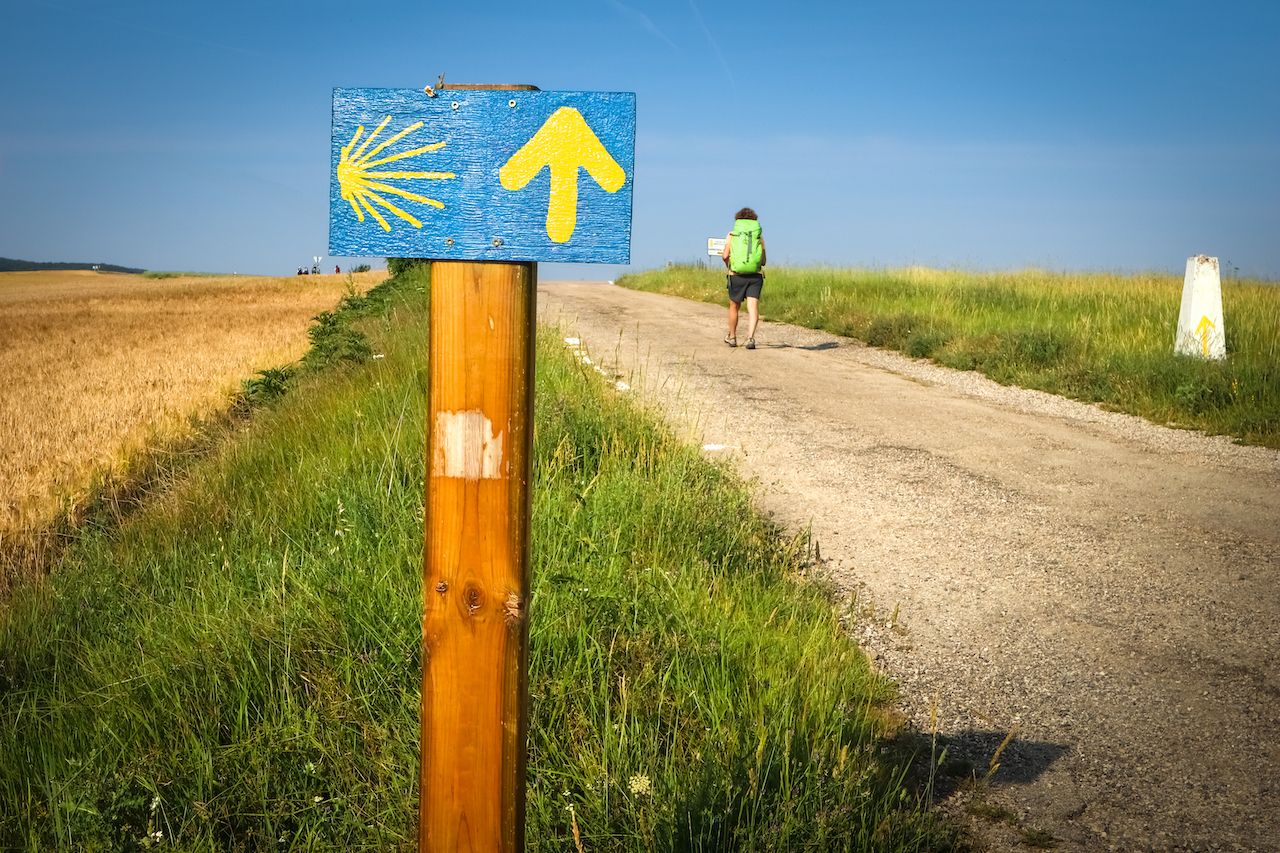Spain’s famous 500-mile pilgrimage trail, the Camino de Santiago, has become one of the most popular hiking vacations in Europe. In medieval times, pilgrims from throughout Europe set out to the city now called Santiago de Compostela to see the alleged remains of the apostle James. Today, people walk the Camino for all sorts of reasons, and in 2017, over 300,000 people laced up their boots and gave the Camino a try.
If you’re thinking of joining their ranks, you’ll find plenty of books describing the Camino’s history and authors’ personal journeys on the trail. While useful inspiration, these books often leave out the basics. So, here are 15 practical tips you will want to know before you start walking.

